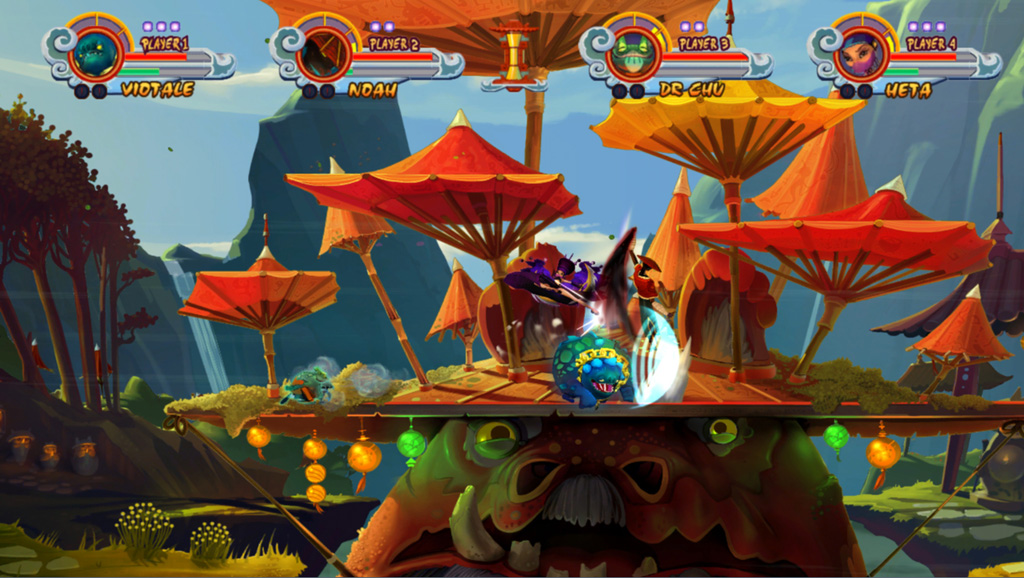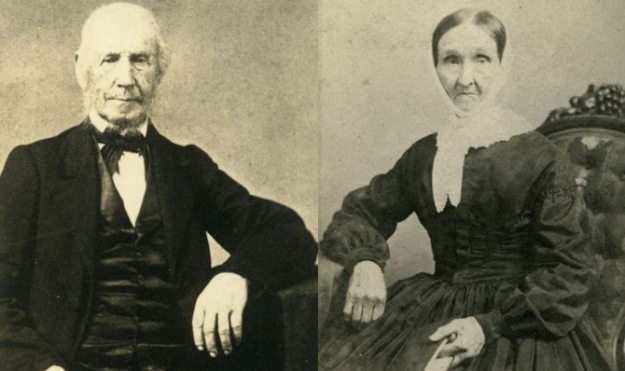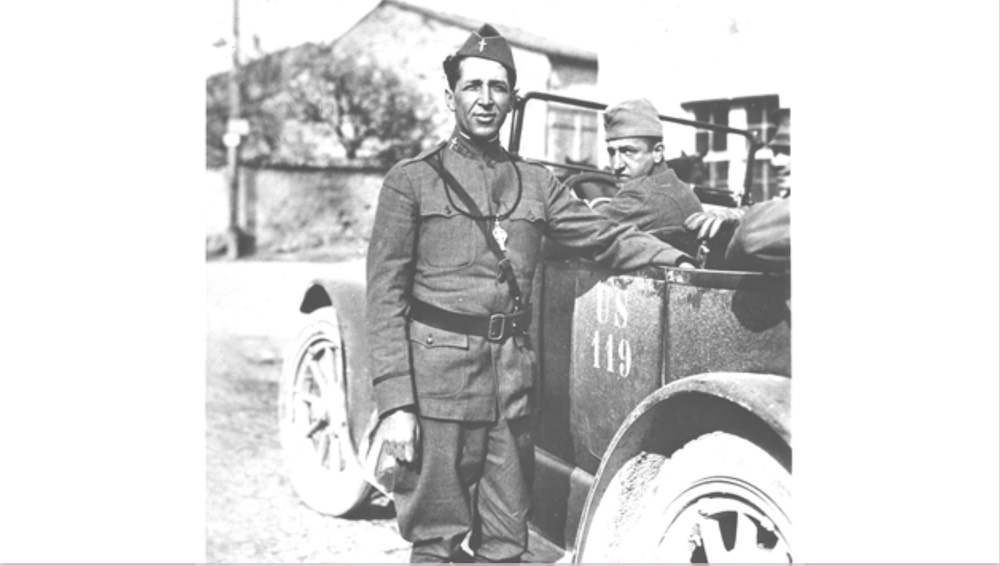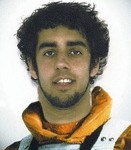
Today is the final day of the Electronic Entertainment Expo, an annual trade show used by video game developers to showcase their upcoming games and hardware. More commonly known as E3, this three day event is the Super Bowl of video gaming exhibitions. Large companies like Microsoft, Sony, and and Nintendo use E3 to make huge presentations as they put the future of gaming on display.
Already this week Nintendo has announced a new Wii system (Wii U), which is not only an HD version of the Wii, but utilizes a tablet as a controller. Sony has presented its new handheld system called Vita, and Microsoft has been busy pushing the boundaries of motion-controlled gaming with games like Star Wars Kinect.
Yet for all the news made by the big names in the video game industry, the smaller studios and independents have just as much of an opportunity to make a splash with the games they produce. In today’s video game market, indie games, arcade games, and phone applications are providing smaller developers a legitimate chance at striking the right chord with gamers and producing a popular game.

This happened last year with a game called Chu’s Dynasty. Made available for download on Xbox Live near the end of 2010, the game received great reviews and garnered high praise from gamers. Developed and released by TribeToy, one of the creators of the game is Rochester native Camille Chu. I had a chance to talk with Camille about how she got into the gaming industry, about Chu’s Dynasty, and about how producing a successful indie game has opened many doors for her and her partners.
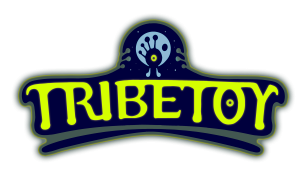 First of all, what is Tribetoy?
First of all, what is Tribetoy?
Tribetoy is an independent game studio was co-founded in 2009 by Matthew Hoesterey, Tara Rueping and myself. Chu’s Dynasty began as a pet project between myself and Matthew Hoesterey as a gift to my family, (hence the game title shares my last name). We thought it would be funny to beat the stuffing out of each other digitally, so all the characters in the game were made to be members of my family. When Tara saw the game for the first time she was inspired to join us. Together between the three of us, the game grew in scope and expectations until it was a full blown production involving over ten more people giving us assistance in sound, modeling, voice acting, coding, marketing, writing, and other aspects of the game. It was a wonderful experience in collaboration and creativity that has inspired us all, and we loved working with each other so much that we decided to corporate Tribetoy.

Tell us about Chu’s Dynasty.
Chu’s Dynasty is a fighting game that mixes the strategic fighting of Street Fighter(a personal favorite of the team) with the multi-tiered, 4-player fighting mayhem of Super Smash Bros.
It has four characters (Noah, Heta, Viotale, and Dr. Chu), each with their own back-story that is revealed as you play the single player campaign. Each character, besides having their own suite of moves, also has a unique Time Power to aid you in your battle.

You describe Chu’s Dynasty as a mix between Street Fighter and Super Smash Bros. Was this the way you envisioned the game turning out, or was it something that evolved over development?
Yes and no. As I mentioned, the game started out as a joke gift for my family because we needed the laughs. We were spending a lot of time in the hospital with my Mom who was battling with a form of brain cancer called glioblastoma multiforme. The game was literally birthed on a hospital floor in Saint Luke’s.
We continued to work on it on our laptops during the many treatments and emergency visits to the hospital, as well as during our off-hours after work. Once Tara Rueping got on board to rework the art we decided to make it a real game…Of course, we have kept the original craptastic first version of Chu’s Dynasty for ourselves, complete with cut-outs of my family and battling block people.
Once we had decided to make a “real” game our designer, Matthew Hoesterey, decided on the direction. He wanted to make a 4-player party game like Super Smash Bros. with simplified controls, but wanted to add a little more of the depth found in Street Fighter. In the end we tried to mix in elements from both games as well as others like Guilty Gear. Finally, to give our game a bit of a twist we added in the “Time Powers,” giving people that really got into the game something to sink their teeth into.
Almost all the reviews of Chu’s Dynasty mention the impressive visuals of the game. What is the process like when you are creating video game art?
Making art for our game was a highly collaborative process driven by Tara Rueping. We knew we wanted the characters of the game to be based on my family, but with a fantasy twist. We would always start by brainstorming together on ideas and directions, then Tara would draw up a bunch of thumbnails. From there we would have further discussions and when a direction was decided upon, Tara would go into a full concept or rendering. One of the character thumbnails actually gave us the idea to have the characters fight on a creature, which ended up becoming the umbrella board.

Once we had strong concepts we started building all the actual game assets in both 2d and 3d. The base mesh for the 3d characters were started in 3DStudio Max, then taken into Mudbox for high detail, and them transferred back into 3DSMAX for optimization.
After UV’s where laid out they where taken into Photoshop for texture work. Then they would be transferred back into 3DStudio Max for “rigging” (basically giving the character a skeleton so I can animate the bones), and I would animate the character. Finally, the character animations would be rendered into 2D images and imported into the game for Matt to code and design. Level’s were painted directly in Photoshop and then ported into the engine.
In the end, game art is a lot about tradeoffs and iteration. Once things were built we had to work to make it all come together, with everyone working in unison to make the game look good and also play well.
What inspired the visual style of the game?
Tara Rueping was the mastermind behind the visuals of the game. The characters themselves were modeled and animated in 3d before being rendered to 2d, but practically everything else was hand painted by Tara herself, and everything came under the direction of her creative eye. Sources she took inspiration from and that the team referenced were: Hayao Miyazaki, for his overall creative directions, wahacan art painting styles, as well as the bold styles of Capcom (makers of Street Fighter) and the color pallet of the Kung Fu Panda, among other things.
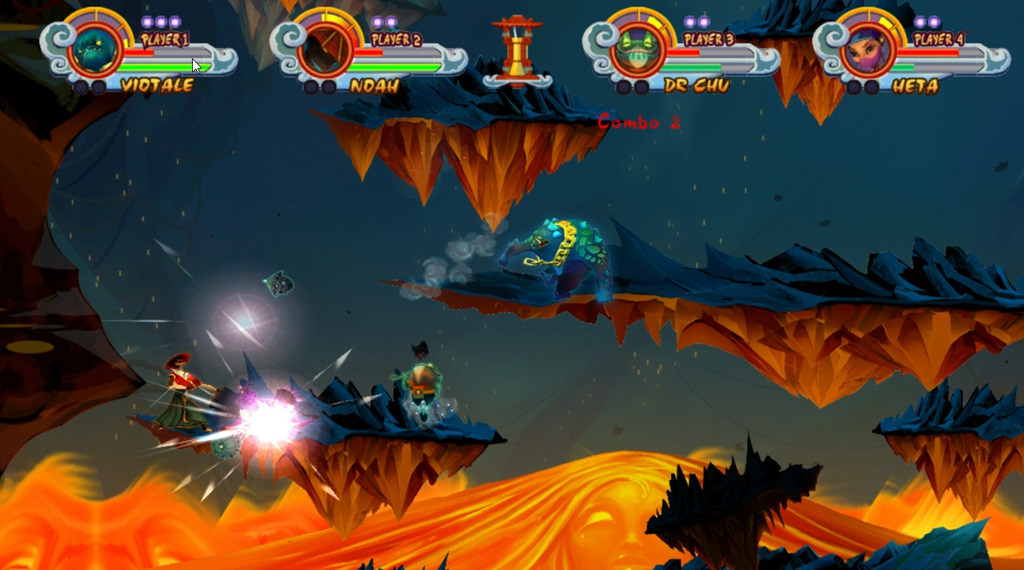
Where can people download the game?
The easiest way to get the game it to go directly to the Microsoft website. You can go HERE to purchase Chu’s Dynasty. You can also find this link by going to www.chusdynasty.com and clicking the “Buy Now” button. From there, just sign in with your Xbox Live ID and it will automatically download to your Xbox. Chu’s Dynasty can be found in the XBL Marketplace under Indie fight games.
What was involved with getting your game onto Xbox Live?
Getting the game onto Xbox Live Arcade requires that you pass a peer review and to come into compliance with many of Microsoft’s regulations. In order to get through the review your game had to do obvious things, like not crash, but it must also handle other, smaller issues, like controller disconnects and a host of other Microsoft set requirements. Getting the game ready for peer review required many sleepless nights working on code.
As an indie game, there were restrictions a regular game wouldn’t have to deal with. Was there anything more you wanted to do with the game that you didn’t get a chance to do?
So much! Our biggest restrictions were time and money. Fighting games are normally made with budgets of $8 million dollars or more and have teams of 40 or more people working on them. We had three core team members and about $3,000 dollars. Some of the many things we would have added include more levels, more characters, a training mode, a practice mode (which may be coming out in a free update soon!), online play, an animated cinematic story, a boss fight, etc…the list goes on and on.
Will there be a sequel of Chu’s Dynasty? Or perhaps a full-blown game release from a game studio?
We would like to make another game in the Chu’s universe, and may someday even do a sequel, though it’s not something currently in the works though. We are planning on doing a big technology move soon, so a smaller first project to get our toes in the water will probably be the first thing we do before we continue on to something bigger.
What is the future of Tribetoy?
We are taking a short break before starting a new project but you will absolutely see more from us! All of us have always had 9-5’s, but that has never stopped us from pushing ourselves creatively on the side, and it will not in the future!

Now that you’ve been a major part of a great indie game, is there a project or type of game you really want to work on? What is your dream job, and does it lie in the video game field, or elsewhere?
My dream job and project would be one that allowed me to be creative and challenged and left powerful and lasting impressions on the people who played it.
I would love to be part of a project that effected people the way games effected me as a child. I still remember playing Final Fantasy and bawling in the basement with my brother when the twins turned themselves to stone to stop the walls and saved the party. The completely inane sense of accomplishment on finishing a level of Super Ghouls n’ Ghosts after throwing yourself into the same spot of death water repeatedly for the millionth time. And what gamer DIDN’T rack up a phone bill that gave their parents a heart attack when the gaming industry temporary lost its soul and started charging for help lines?
Oh, just me? Well, whatever…I have the internet now.
Camille and her partners at Tribetoy are now starting to see some of the benefits of the hard work they put into making their vision a reality with Chu’s Dynasty. They have all received recognition from the gaming industry, and almost more importantly, have earned a ton of credibility from their peers. There are many individuals and small studios in the gaming industry who start their own projects and never get them done, but the success of Chu’s has established Tribetoy as a team who finishes what they start, and ships titles. However small this may seem, it is very important thing for a studio to establish in order to gain confidence from fans, investors, and future team members.
In the months following the release of the game, both Camille and Matt have moved to Washington state. They each got new jobs, based in no small part on their success with Chu’s Dynasty. Matt is now working for Microsoft on a new project involving Disney, and in a few weeks Camille will be starting her new job at Warner Bros. Interactive Entertainment. Tara was, and still is, happily working for Lucas Arts on the Star Wars franchise.
 New Bedford Guide Your Guide to New Bedford and South Coast, MA
New Bedford Guide Your Guide to New Bedford and South Coast, MA

